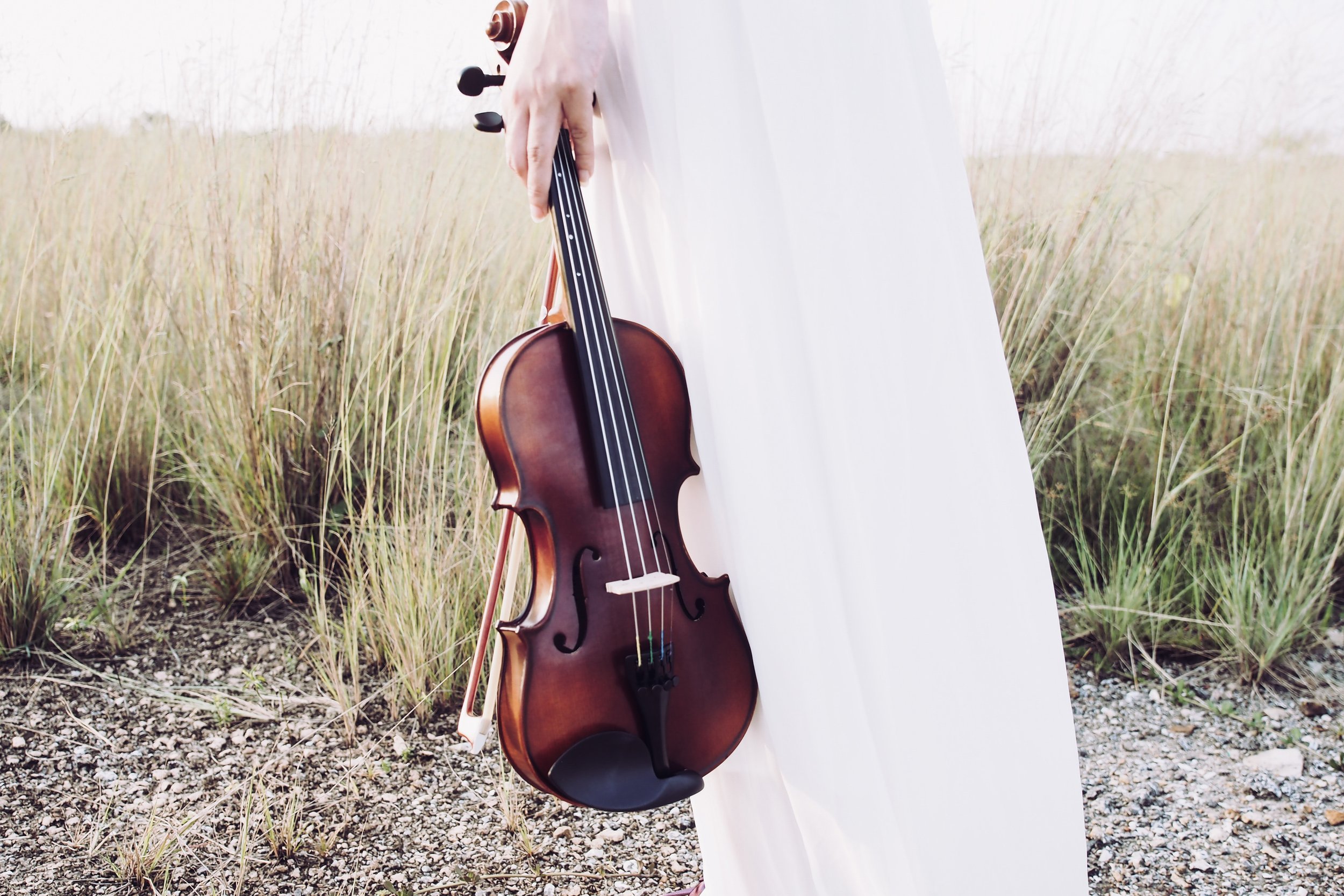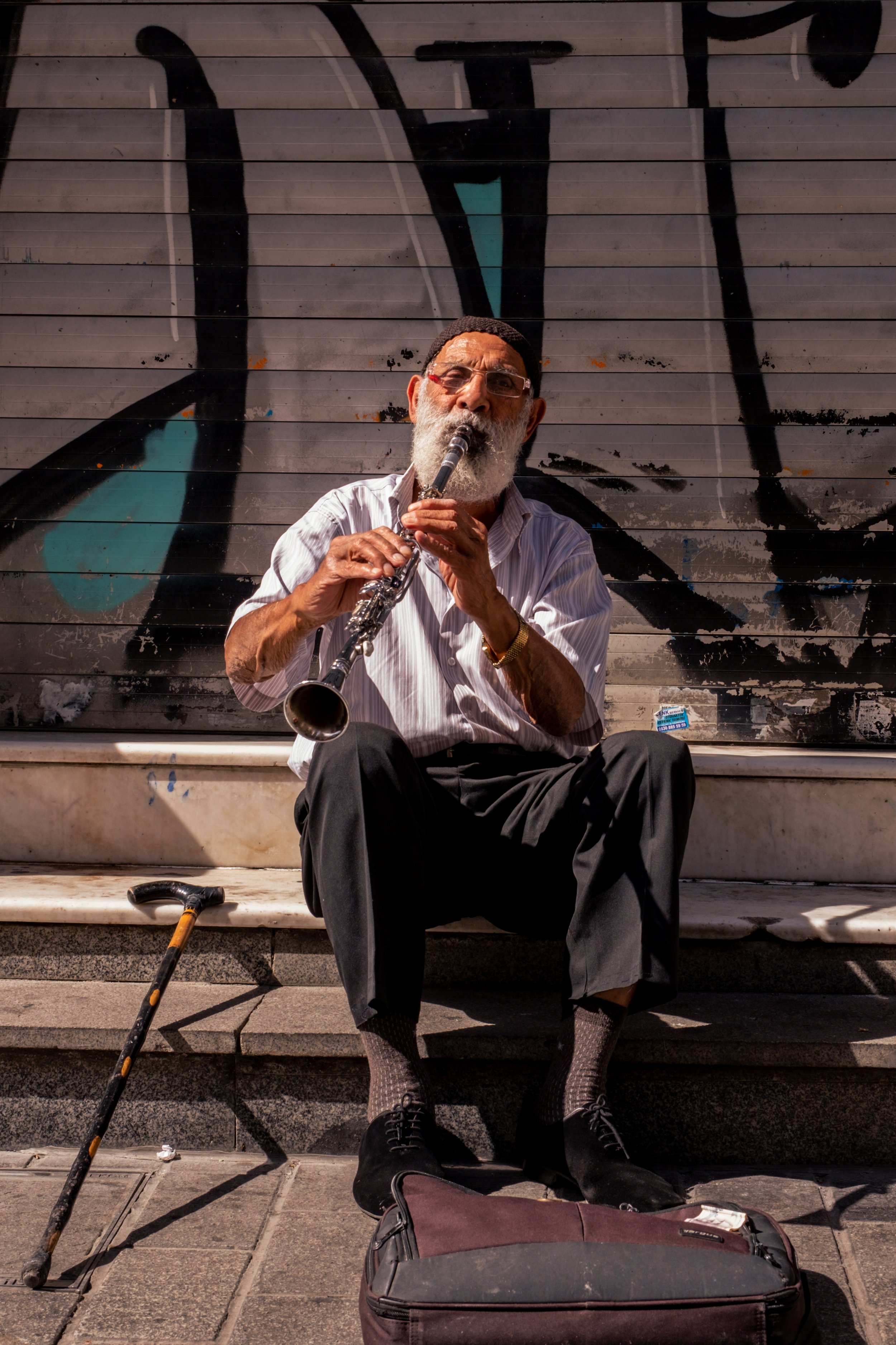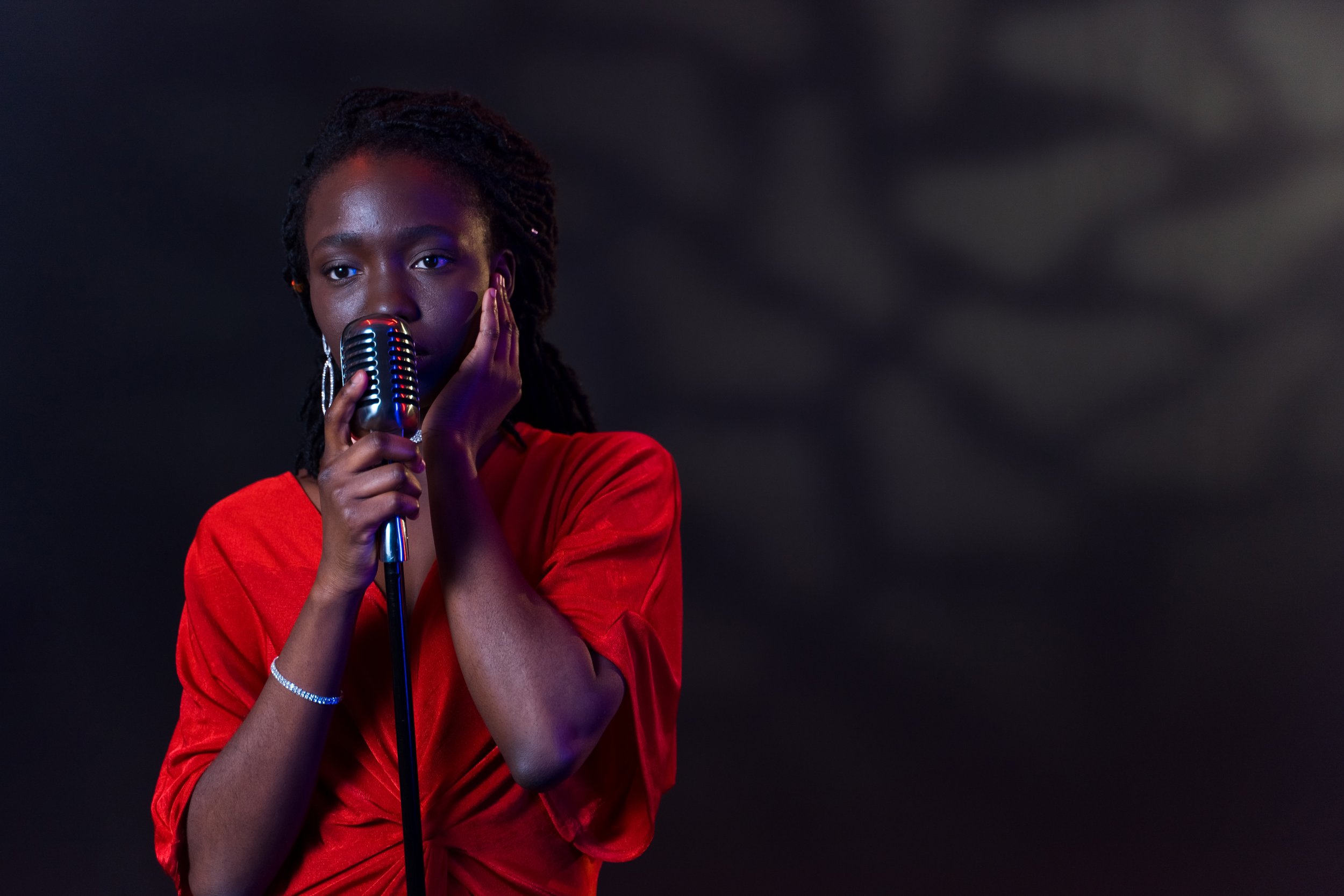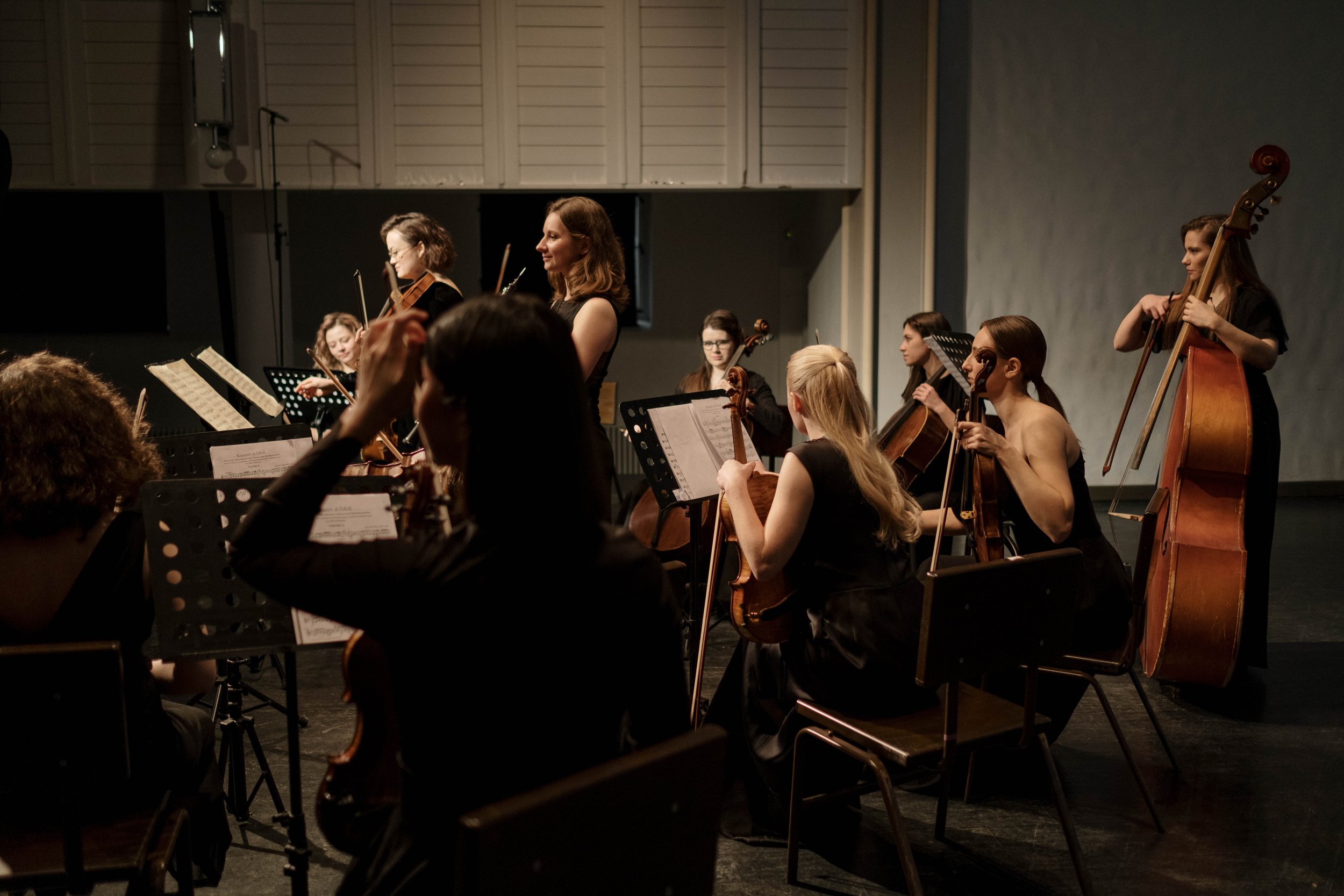Is Tango a Dance, Music, or Both?
Learning about the Argentine tango comes with many challenges.
For dancers, the first challenge is most probably understanding the basics, and you move forward to even more complicated steps and combinations. For music lovers, the first challenge must be identifying tango’s instrumentation and rhythm. And once you master that, you start to wonder more about the music’s unique melodies.
In tango, learners are very much free to explore the dance and music.
And since the Argentine tango has gone through so much change since its conception, more questions arise about tango dance and tango music. And one famous question is… Is tango a dance, music, or both?
Perhaps the most significant reason for this question is the birth of alternative tango, which has created a divide in the tango community. Questions like, “Is it still tango if the music isn’t tango?” lead to much debate. But if we figure out whether tango is a dance, music, or both, we may find an answer to all our tango questions.
Tango Music: The Music From Immigrants
It was in the mid-19th century when the world first heard of tango music.
In Argentina and Uruguay,
European immigrants experimented with music, combining European salon music, dance traditions, and African rhythms from the Western hemisphere.
Years later, iconic names such as Rosendo Mendizábal, Vicente Greco, and Carlos Gardel started to shape Argentine tango music.
Historic Tango Music Eras
From 1935 to 1952, the Argentine tango was in its Golden Age.
Unfortunately, it began with the untimely death of Carlos Gardel, a folk singer, international tango music sensation, film star, and sex symbol.
Before he passed away, he toured South and Central America, popularizing tango like no one before.
His airplane crash in 1935 caused a divide between traditionalists and evolutionists.
According to MasterClass in “Guide to Tango Music: A Brief History of Argentine Tango”:
“Whereas early tango was more limited to musicians’ circles and underground venues, the 1930s helped make tango a form of popular music, and this popularity endured throughout the Second World War.
It was during this era that major bandleaders from the United States began to take notice of tango and even incorporate tango songs into their own repertoires.”
The evolutionists eventually won, developing a schism in Argentine tango. Bandleaders like Rodolfo Biagi, Juan d’Arienzo, Aníbal Troilo, Carlos di Sarli, Francisco Canaro, and Mariano Mores further shaped Argentine tango music until the 1980s. And when evolutionist Astor Piazzolla pioneered the tango nuevo or “new tango,” tango music went through even more changes and growth.
Now, the world also has “non-tango,” which alternative milongas play for tango dancers. “Non-tango” music includes the following genres:
Modern Tango: Tango music by tango orchestras recorded after 1960, including those from the Golden Age.
Nuevo Tango: The music of Astor Piazzolla and his followers, with elements of European classical music and jazz.
Tango Extranjero: Tango music from non-Argentine cultures that has a tango rhythm but different instruments.
Tango Fusion: Music with some tango characteristics but with other musical genres, including Tropical Latin American.
Electrotango: Music with tango instrumentation but incorporated into electronic dance music.
Non-tango: Music without the rhythm or instrumentation of tango, like popular Western music, but draws out tango dance movements.
Neotango: Music that combines tango fusion, electrotango, and non-tango.
Traditional Tango Music Instruments
Before tango transformed into many musical forms, the world knew of Vicente Greco, who introduced the tango sextet ensemble. As one of the first tango bandleaders, he included the piano, double, bass, violins, and bandoneóns in his ensemble.
Of course, Argentine tango music has evolved and changed since. Still, the same instruments remain essential in Argentine tango ensembles today.
The seven traditional tango instruments are the following:
Double bass
Guitar
Bandoneon
Violin
Flute and clarinet
Piano
Vocals
Hearing Tango Music
Let’s go back to the roots of Argentine tango and listen to its classic recordings. There are seven ways to spot Argentine tango music. MasterClass said the traditional tango music has the following characteristics:
“1. A 2/4 or 4/4 time signature
Heavy use of the tango rhythm— a 4/4 measure comprised of two dotted quarter notes followed by a quarter note, similar to the first half of a 3:2 clave bell pattern in son Cubano and rumba styles
An angular, staccato rhythmic emphasis
Strong influence of European classical dance music, including minuet, flamenco, polka, mazurka, and contradanza
Additional influence from Argentine folk music, including the payada and milonga styles, and Uruguayan folk music such as pampas
Spanish-language lyrics (although instrumental tango music is common)
Often performed by a tango orquesta típica, featuring instruments like bandoneon (a cousin of the accordion), violin, and guitar”
Tango music is also often about life and love.
You cannot help but feel the Argentine culture’s emotion and intensity when you hear it.
Tango music is passionate and intense, inevitably leaving you mesmerized and somehow possessed.
So, it’s unsurprising to also hear the same words when talking about the Argentine tango as a dance.
Tango Dance: The Dance of the Lower Classes
MasterClass defines tango dance in “Tango Dancing Guide: 3 Styles of Tango” as
“a type of ballroom dance that features improvisation and is set to tango music.”
It was born at the same time as tango music in the 19th century, and its roots are also the working class. Argentine tango came from Buenos Aires and Montevideo, combining Argentine milonga, Spanish-Cuban habanera, and Uruguayan candombe elements.
From being the “dance of slaves” or the “dance of the lower classes,” tango quickly rose in popularity. It reached the middle and upper classes, spreading abroad to Europe and New York City. However, as shared by DanceFacts in “Tango History – Origin and Characteristics of Tango”:
“By 1913, Tango was one of the most popular dances in Paris, New York, and Paris.
Other cities quickly followed, and soon tango was danced across Europe and North America, but there were some difficulties.
Same as with the appearance of Waltz during the early Victorian era, the introduction of Tango was welcomed as distasteful and too flirty.”
The sentiment eventually changed, as Argentine tango became an international sensation and a beautiful art form.
UNESCO declared Argentine Tango part of the Intangible Cultural Heritage of Humanity in 2009.
Argentine tango opened the door to new styles that also gained worldwide popularity.
Tango in Milongas
When we say Argentine tango, we automatically know it’s a two-person dance that has a leader and a follower. Usually,
a leader is a male dancer, while the follower is a female partner.
But before establishing these gender roles in Argentine tango,
men used to dance with each other to become the best tango dancers.
Tango is danced in milongas, or Argentine tango dance halls, often at night. Argentines love socializing and dancing, so a milonga is a perfect way to bring Argentine culture alive. In a milonga, we can find Argentine tango in its purest form!
There,
tango dancers follow codes or unspoken rules, known as código.
These codes aim to keep Argentine tango a respectful, safe, and enjoyable environment for everyone. The cabaceo is one of the most important Argentine tango codes, and it’s the eye contact that dancers make when asking each other to dance.
Ultimately,
a milonga is where tango dancers of all levels come together to enjoy Argentine tango.
Traditional tango music is played, and learners and experts alike come to live the Argentine tango experience. Now, there are also alternative milongas across the globe, with alternative Argentine tango music and a more relaxed atmosphere.
Dancing the Tango
It’s easy to know a tango dance when you see one.
Argentine tango is characterized by its sensuality and intensity, where the embrace between partners is very close.
The Argentine tango’s moves are intricate and require a lot of practice because the dance is all about the nuances.
Dancers rely on the tango walk, embrace, turns, and embellishments (or decorations) to create a beautiful Argentine tango performance.
Dancing the tango also revolves around the leaders and followers.
Leaders are responsible for guiding the couple, while followers must excellently follow their lead.
Overall, tango dance thrives in the connection and passion of its dancers, requiring constant communication and improvisation.
You know it’s tango when there are cat-like movements.
It’s fast but smooth and sensual, with Argentine tango music as its backdrop.
A tango couple effortlessly glides and swirls across the dance floor, and it’s always a sight to behold. And with all the tango dance characteristics combined with passion, the audience can easily understand what Argentine tango is.
The Need To Know What Argentine Tango Is
Not everyone really wonders what Argentine tango really is. When someone says “tango,” some simply ask, “The music or the dance?” and carry on with their lives. But for learners who have a passion for Argentine tango, there’s often the need to really understand Argentine tango.
This is most probably because of the existence of non-tango and alternative milongas. Because many tango dancers believe it’s only tango if it’s danced to traditional tango music, learners often ask if the word “tango” applies in a broader sense.
If tango is music, then perhaps it’s true that tango dance is only for Argentine tango music.
But if it’s dance, then alternative milongas can actually be valid.
As said by Tango Voice in “The Alternative Milonga (Neolonga): The Social Environment for Dancing to Tango Alternative Music,” the resistance to non-tango is based on the following:
Tango can only be danced to tango music. If one is dancing to music that is not tango music, one is not dancing tango.
Dancing to Classic Tango music is part of the Traditional Tango culture of Buenos Aires, which many tango dancers desire to preserve.
Playing Alternative Tango music to attract people to tango dancing does not guarantee that they will eventually like dancing to Classic Tango music. Therefore, Tango Alternative music often becomes a persistent part of the foreign tango subcultures into which it is integrated.
However, no matter how much the traditionalists resist, there are Argentine tango learners and enthusiasts who don’t love tango music. Of course, dancers must first love the music they’re dancing to before expressing their emotions and creativity. So, dancers who cannot fully understand the magic of Argentine tango music find it difficult to progress in Argentine tango dance.
So, is tango a dance or music? And can it be both? Some Argentine tango experts will tell you that music and dance are inseparable. In contrast, others will say Argentine tango is more than just a dance than music. Some will also say tango falls more into the classical music category rather than dance music category, as it doesn’t have a repetitive rhythmical pattern. Ultimately,
Argentine tango is a culture that binds people together.
The best answer everyone in the Argentine tango community can get is that there’s no definite answer to this question.
Argentine tango is a culture with various interpretations, so there are different perspectives on what Argentine tango really is.
The argument on whether tango is a dance or music is already an answer because tango is an ever-evolving culture with no definite boundaries.
Argentine stage tango performer Eduardo Arquimbau once said,
“People talk about styles of tango, but there is only one tango. It accommodates itself to every place and every era.”
So, tango can and can’t be just the dance, the music, or both. It can and can’t be whatever Argentine tango dancers and musicians make of it.
Tango: Infinite and Immeasurable
Everyone who has reached the peak of Argentine tango has experienced moments of pure bliss. Those who have surpassed the beginner Argentine tango level can genuinely appreciate how gratifying Argentine tango is and all the love it can bring. That means they have also fully understood that trying to label Argentine tango as a dance or music is futile.
Wondering whether tango is a dance, music, or both only means that you’re starting to understand Argentine tango in its full complexity.
It’s okay to think that tango is a dance and then wonder whether it’s music. Argentine tango is both and neither at the same time. It’s a part of tango’s charm — infinite and immeasurable!















